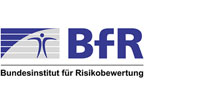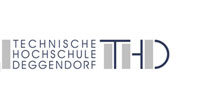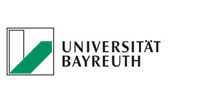FRESHINDEX NEWS
11/21_ Press release. Sustainable Consumer Protection with the help of AI / Digitization of Food Monitoring
In order to enjoy food without hesitation, its freshness is, among other things, an important factor. However, assessing this is highly complex. Especially in the case of fresh products such as meat, milk or fruit, the microflora present changes continuously, and the products are also subject to dynamic physicochemical changes.
Currently, however, this is not yet sufficiently possible. In order to increase consumer protection and food safety, the “FutureLab2030” project funded by the German Federal Ministry of Food and Agriculture (BMEL) aims to develop even better and more sustainable food monitoring with the help of artificial intelligence (AI) and the use of new technologies.
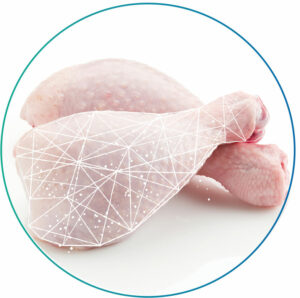 More accurate forecasts with the help of the digital twin
More accurate forecasts with the help of the digital twin
The central element of the “FutureLab2030” is the digital twin. This methodology is used to create a digital, AI-based food monitoring system that constantly learns and updates itself with new data from innovative measurement methods such as spectroscopy, mass spectrometry, volatilome analysis and genomics. By integrating a wide variety of measurement data, the project digitally describes the most important chemical, physical and biological processes of food – and thus the entire complex system of product microbiome – using computer models. The data are recorded in the cloud and form the Digital Twin. At the same time, each Digital Twin is specific, just like any natural food. To catch the variations and also measurement inaccuracies in the creation, statistical probability statements are made about the state of an individual food using the Digital Twin. Through continuous learning of the digital twin, the condition of a food can be described better and more accurately in the future. In addition, this approach will make it possible in the future to predict changes in the quality and thus the safety of a food product over time.
New technologies and processes for food monitoring
To collect the data, the Fraunhofer IVV is using small, digital gas sensors for the first time, which enable continuous monitoring of the product and detect unexpected environmental influences. Analytical methods for describing the condition of a food product are used for this purpose. All the data obtained is recorded in the cloud and, together with other laboratory data from the partners, forms the digital twin of the food product. The results can be used, among other things, to adjust the shelf life forecast of the product to the actual storage condition. Gas sensors, HS-GC-MS, GC-IMS, oxygen measuring cells and a hyperspectral camera are used to analyze specifically aged and fresh meat samples. In addition, microbiome analyses are carried out at the partners.
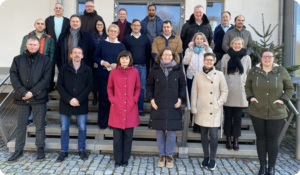
The interdisciplinary team of experts combines extensive expertise in mass spectrometry, optical spectroscopy, next generation sequencing, sensor systems for volatile components, microbiology, and food law with know-how in data handling, modeling, data science, and AI. The project partners are:




